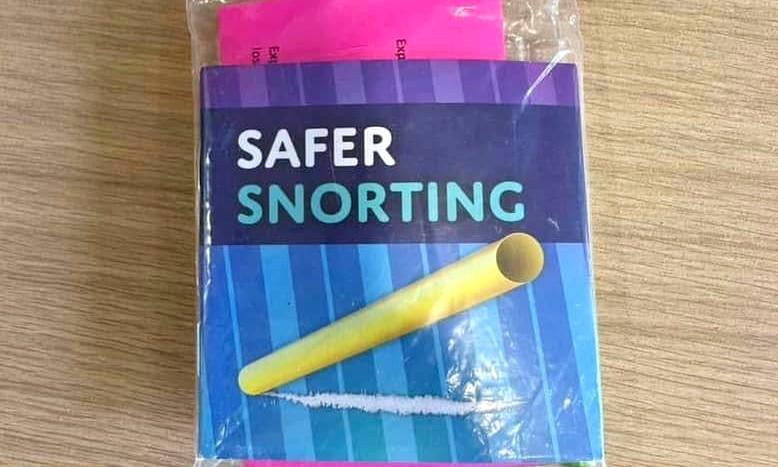High school students in Cowichan Valley, B.C., were recently given tools to use hard drugs, such as cocaine, following a presentation on drugs.
Students received kits containing information about “safer snorting” including a picture of a straw hovering above a line of white powder. Included in the kit were tubes for snorting and cards for making lines to snort.





